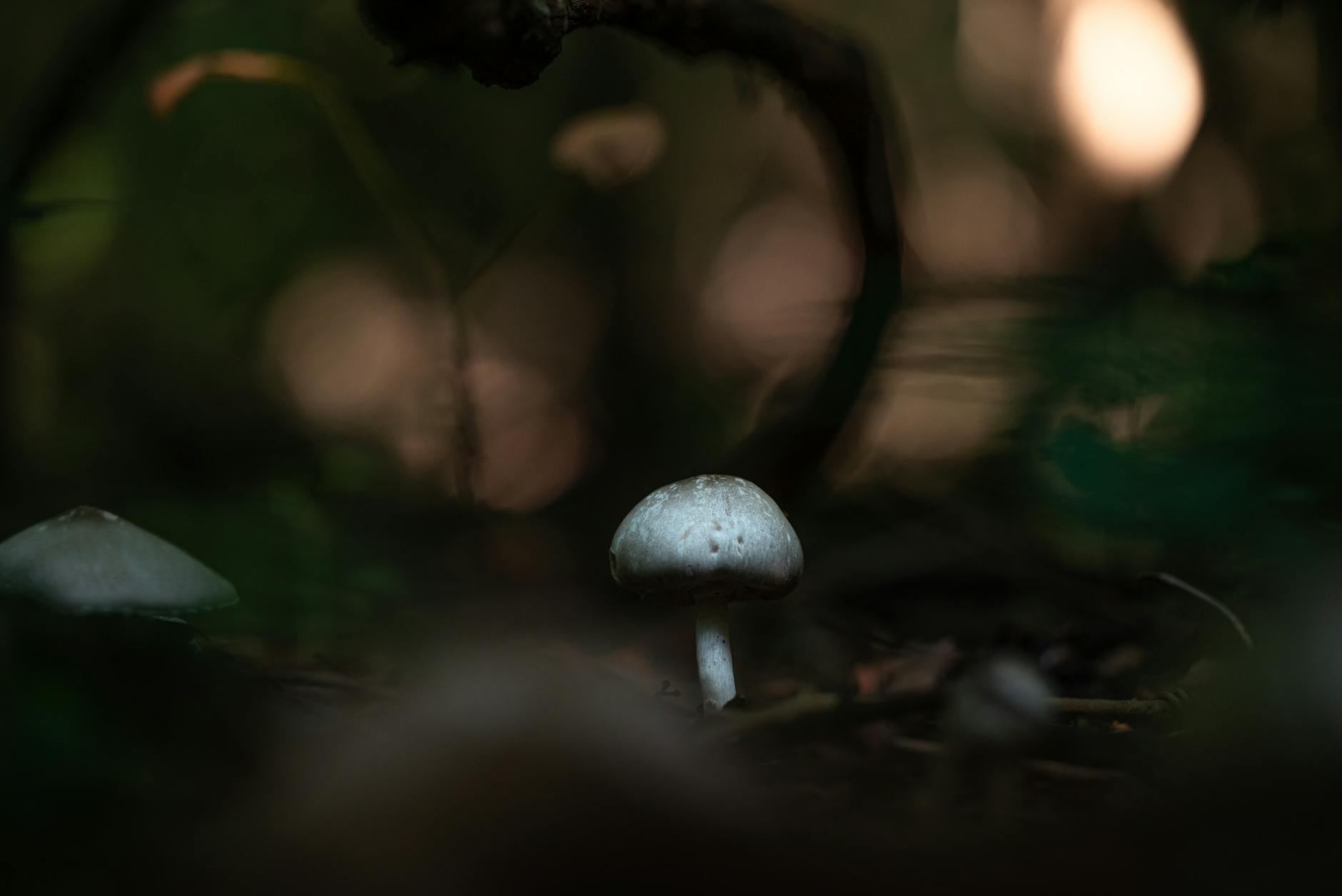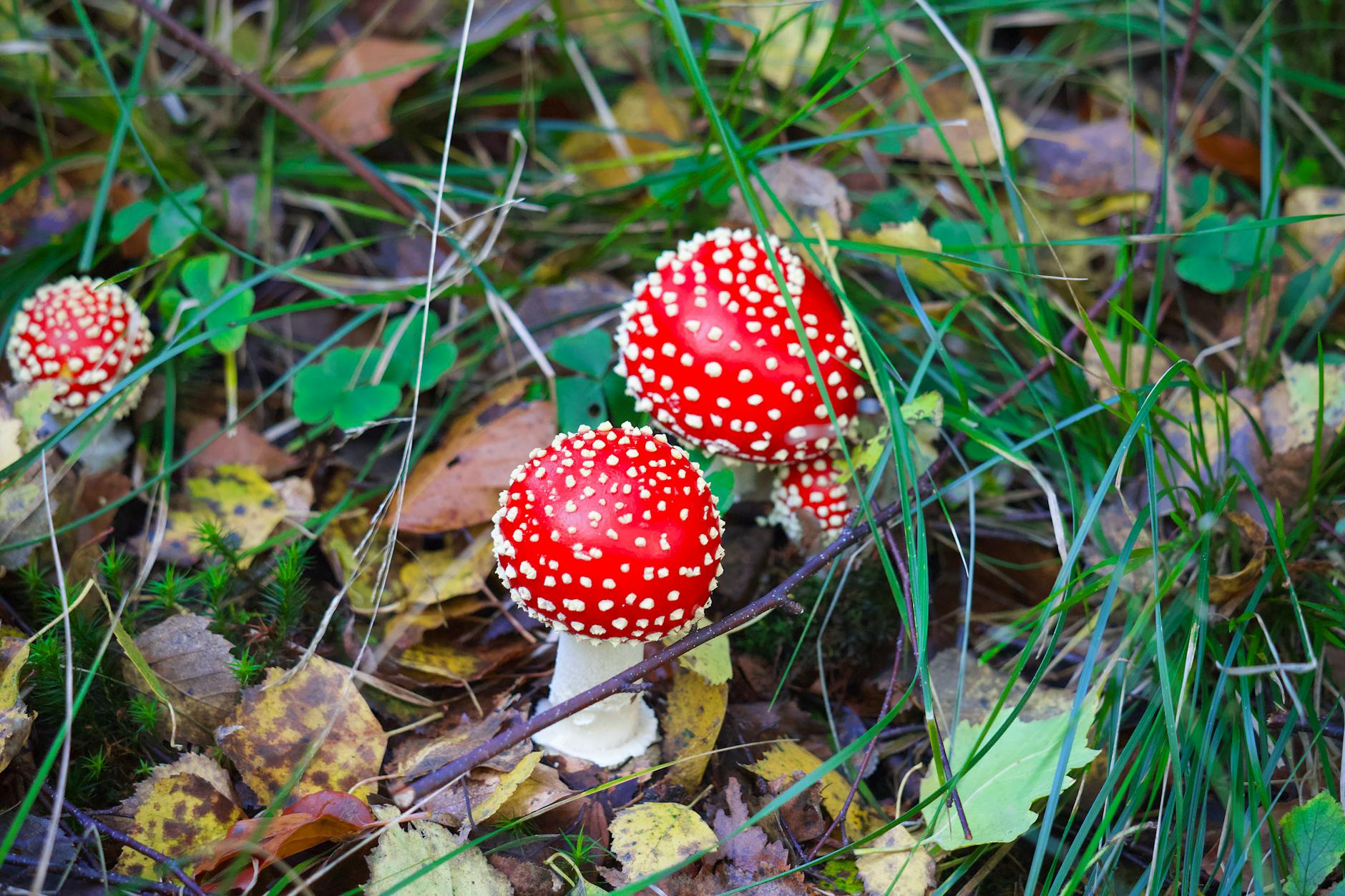Mushroom hunting is a popular pastime for many nature enthusiasts, but it comes with risks. The thrill of foraging for delicious edible mushrooms can quickly turn into a dangerous situation if you mistakenly pick a toxic look-alike. To ensure your mushroom hunting expeditions remain safe and enjoyable, it is crucial to familiarize yourself with essential tips to avoid deadly look-alikes. By following proper safety precautions and educating yourself on different mushroom species, you can mitigate the risks associated with mushroom foraging.
Identifying Mushroom Look-Alikes: A Vital Skill for Safety
One of the most critical aspects of mushroom hunting safety is the ability to differentiate between edible mushrooms and their toxic counterparts. Many poisonous mushrooms closely resemble edible varieties, making visual identification a challenging but necessary skill. To avoid deadly look-alikes, pay close attention to key characteristics such as color, shape, size, smell, and location. Additionally, consider investing in a comprehensive field guide or attending guided foraging walks led by experienced mycologists to enhance your identification skills.
The Importance of Proper Mushroom Handling and Preparation
Even if you have successfully identified a safe edible mushroom, improper handling and preparation can still pose risks to your health. Always ensure that you wash and thoroughly inspect each mushroom before consumption to remove any dirt, insects, or debris. It is also advisable to cook all wild mushrooms thoroughly to destroy any potential toxins or harmful bacteria. Never consume mushrooms raw, as cooking helps break down certain compounds and makes them easier to digest.
Stay Informed and Seek Expert Advice
Mushroom foraging is a constantly evolving field, with new information and research emerging regularly. Stay informed by joining local mycological societies, attending workshops and seminars, and participating in online forums dedicated to mushroom hunting. Seeking advice from experienced foragers and mycologists can provide valuable insights and guidance, especially when it comes to identifying tricky look-alikes. Remember that when in doubt, it is always better to err on the side of caution and refrain from consuming a mushroom if you are unsure of its safety.
Know Your Limits and Start Slow
As a beginner mushroom hunter, it is essential to start slow and gradually expand your knowledge and skills. Avoid picking unfamiliar mushrooms or those that you cannot positively identify with confidence. Focus on learning a few common edible species first before branching out to more challenging varieties. Additionally, be aware of your limitations and avoid foraging in areas with known toxic mushrooms or environmental hazards. With time and practice, you will become more adept at spotting safe mushrooms and avoiding potential risks.
Conclusion
In conclusion, mushroom hunting can be a rewarding and exhilarating activity, but it requires a cautious approach to ensure safety and enjoyment. By following essential tips to avoid deadly look-alikes, such as honing your identification skills, handling mushrooms properly, seeking expert advice, and starting slow, you can minimize the risks associated with foraging for wild mushrooms. Remember that the world of fungi is vast and diverse, with both culinary delights and hidden dangers. With proper knowledge, preparation, and awareness, you can turn your mushroom hunting expeditions into safe and fulfilling experiences. Happy foraging!


